Knoxville was first settled in 1786 with the establishment of James White’s Fort. After the Civil War, the city boomed and grew rapidly as a major wholesaling and manufacturing center. Knoxville became a city of furnaces and mills, iron manufacturing, lumber, grain, and textiles. The railroad in Knoxville arrived 1855, and after few years, several investors purchased the city’s two major railroads and merged them into the East Tennessee, Virginia, and Georgia Railway. The population grew rapidly in the late 19th Century; immigrants from several European counties arrived in the city. At the beginning of the 20th Century, Knoxville was the most populated city, mainly from the increasing use of coal, and the crime rates were also high. The economic boom began to decline, the wholesaling sector collapsed, and the population growth also declined.
In the 1930s and early 1940s, several major federal programs aided the city. During the Great, Depression construction fell 70%, and unemployment tripled. In the 1930s and early 1940s, several major federal programs aided the city.
Here below are some historical photos of Knoxville, Tennessee, from the early 20th Century, documenting street scenes, cityscapes, and everyday life.


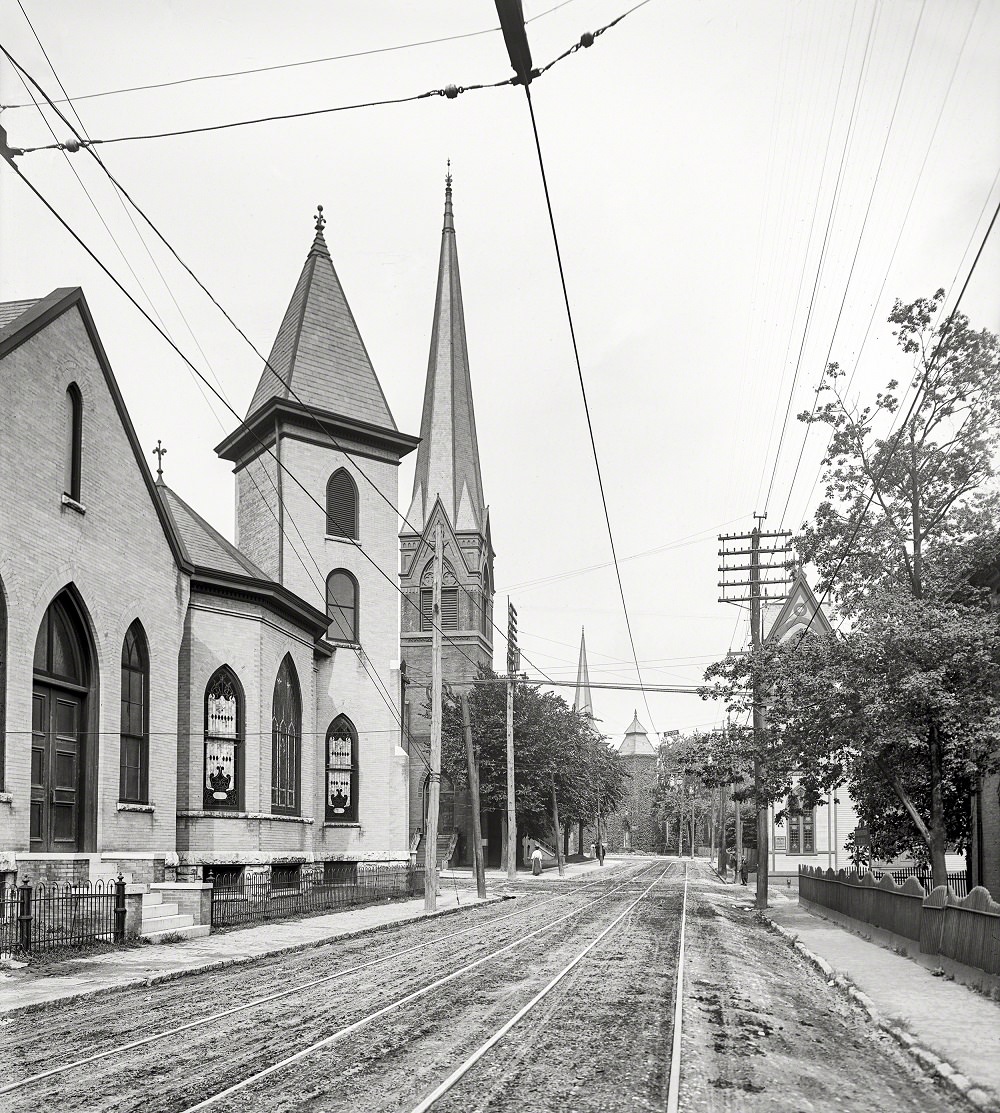
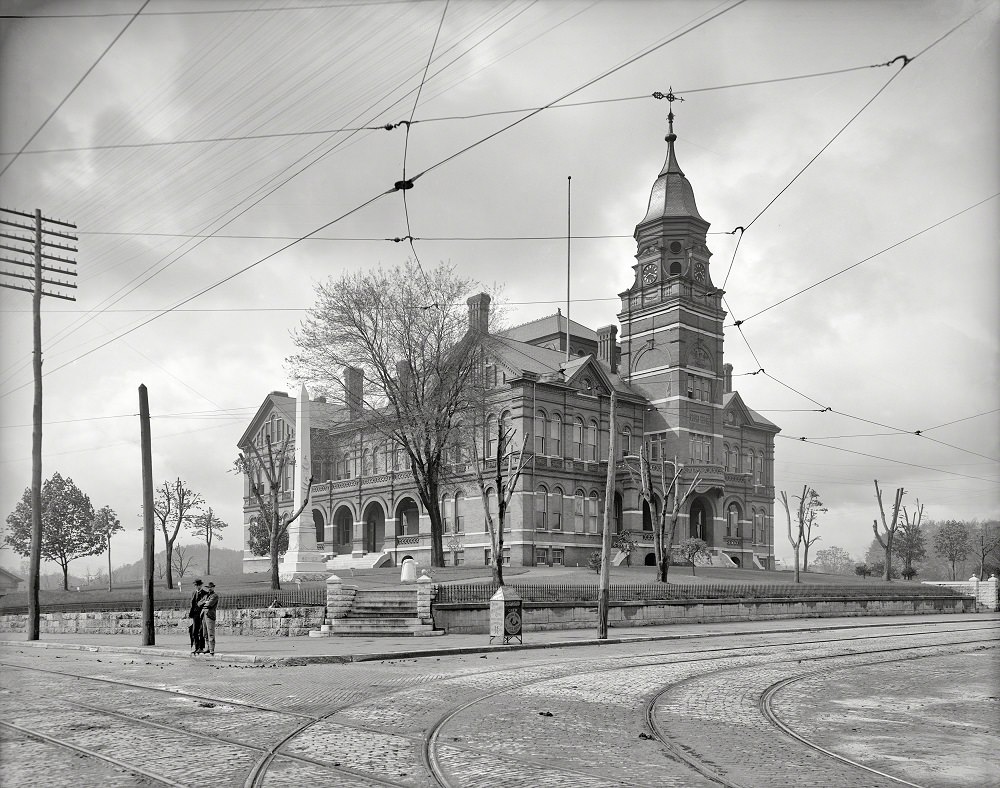
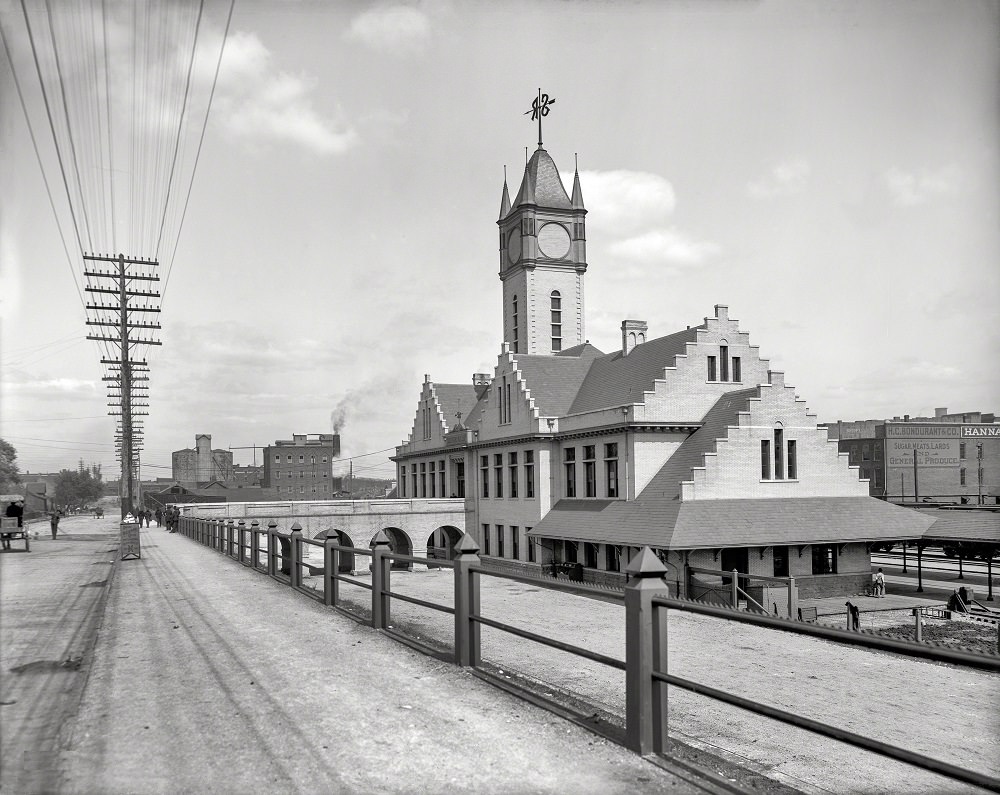
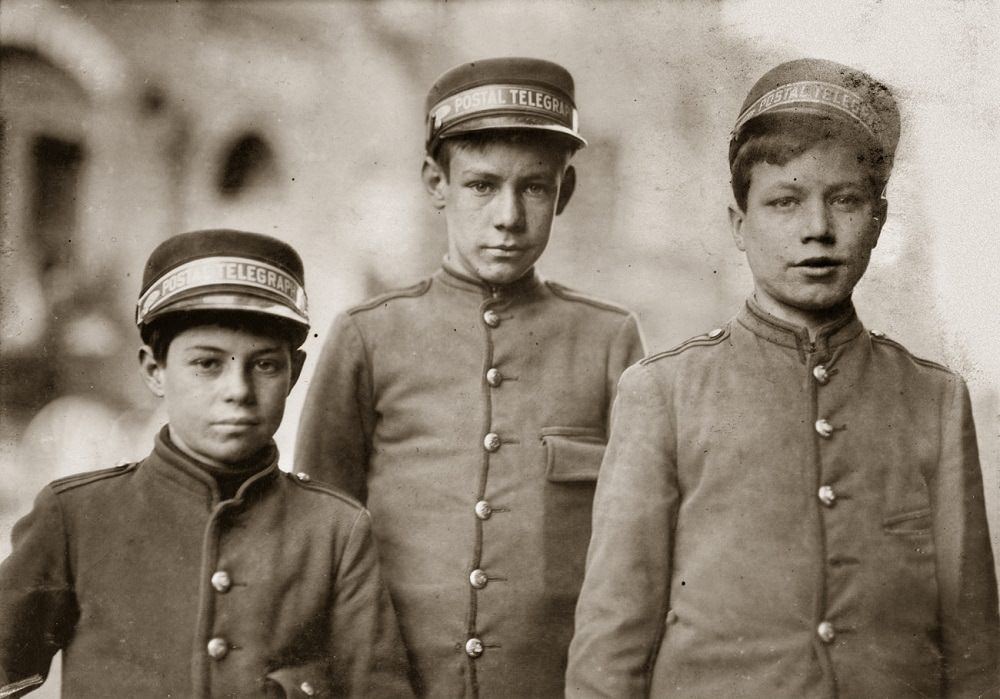
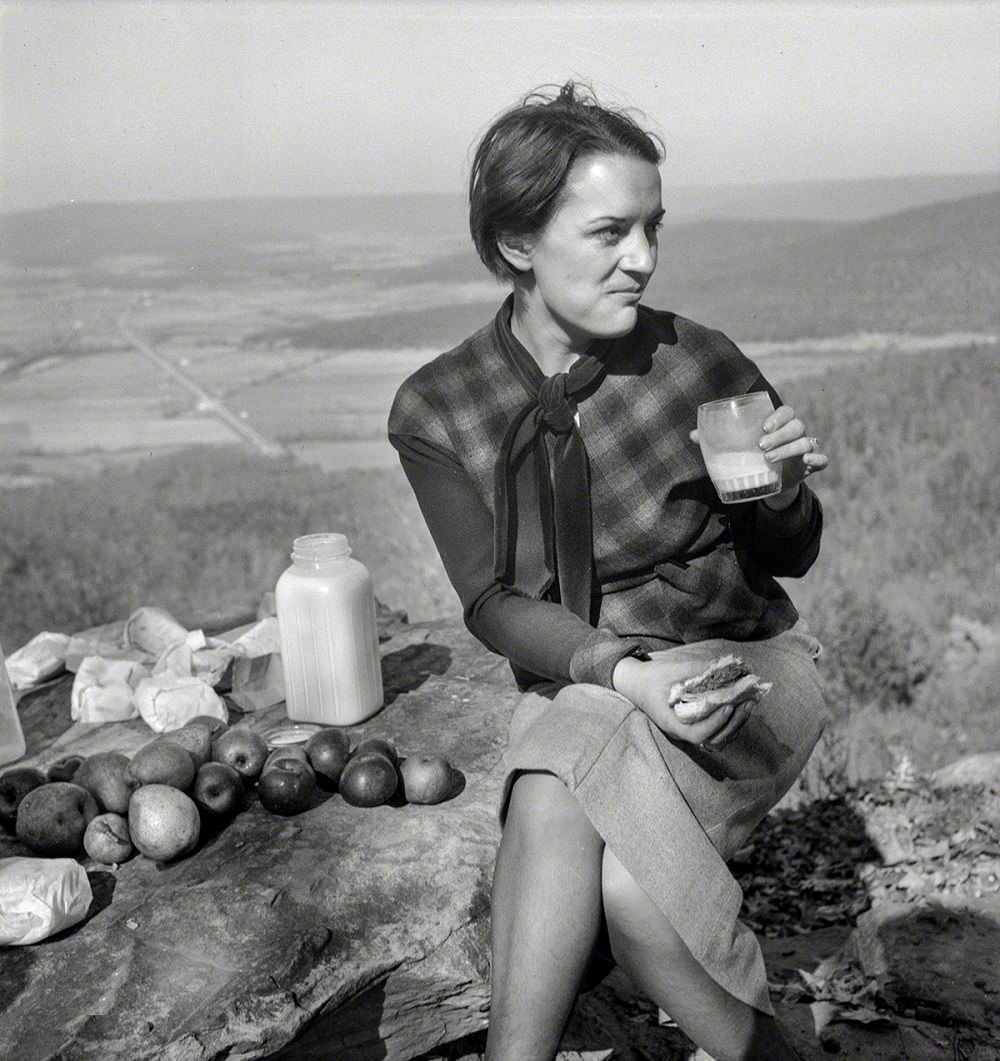
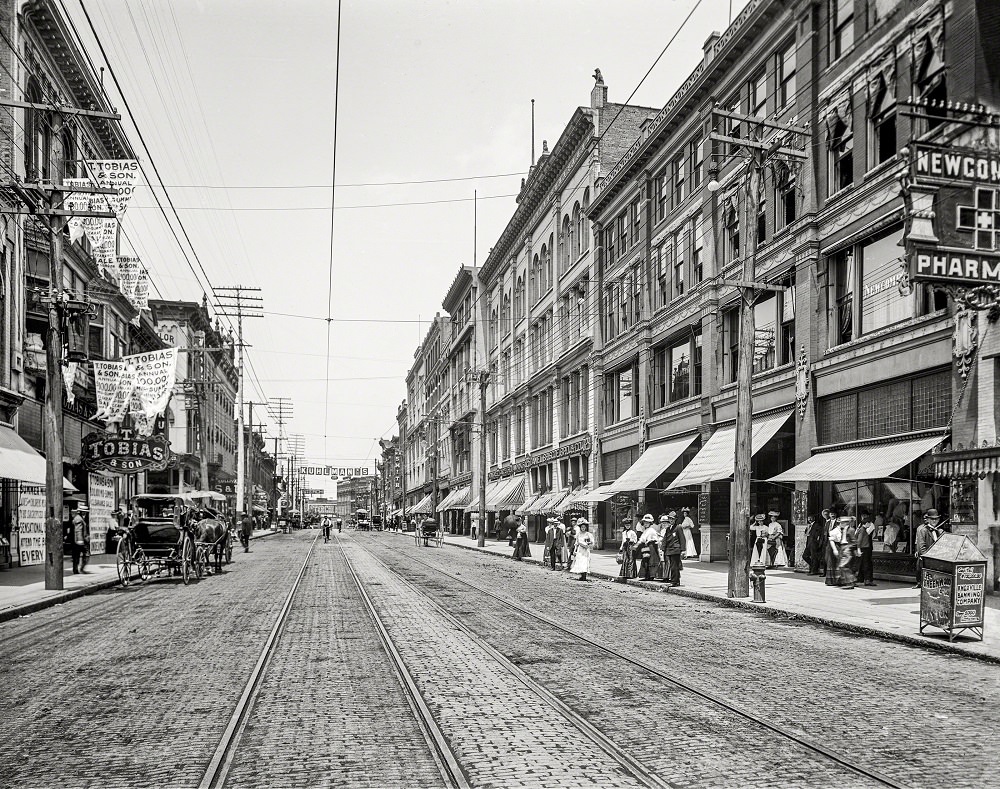
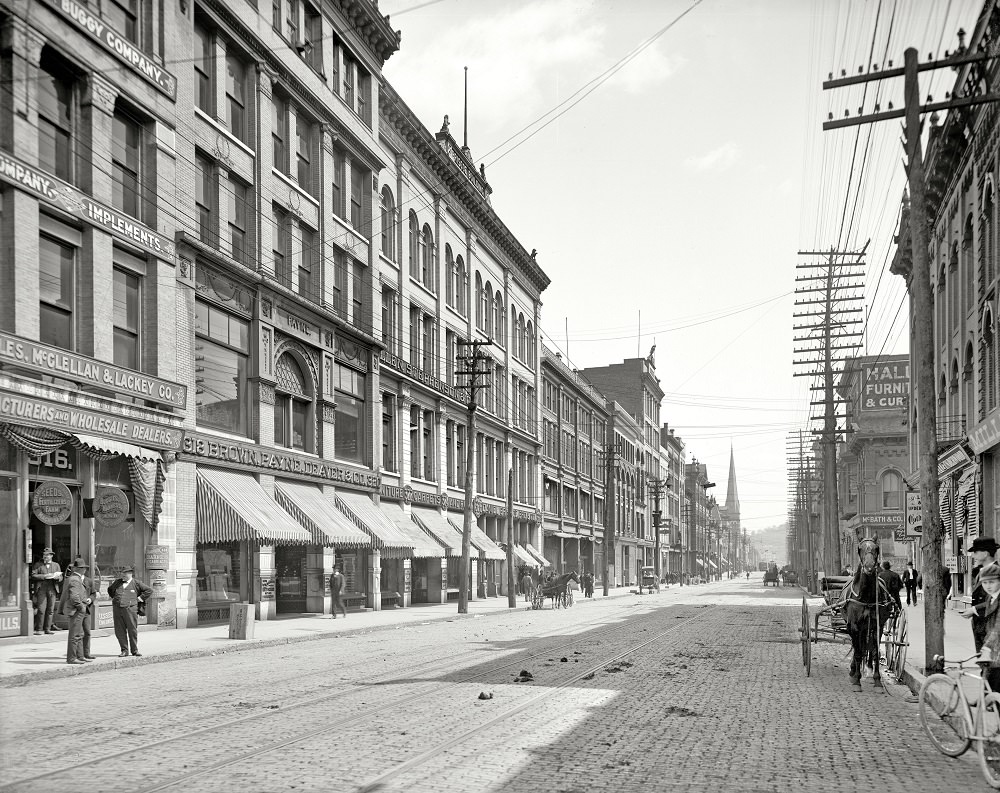
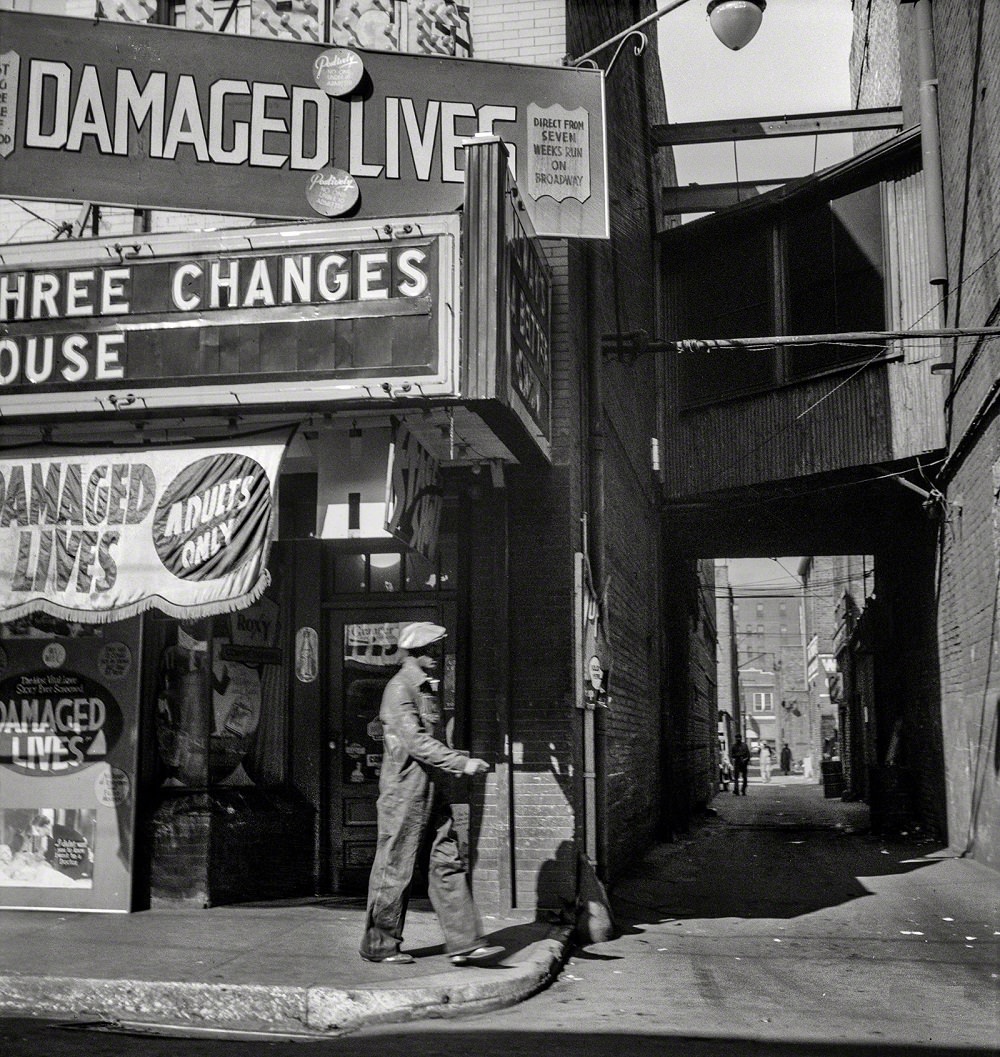
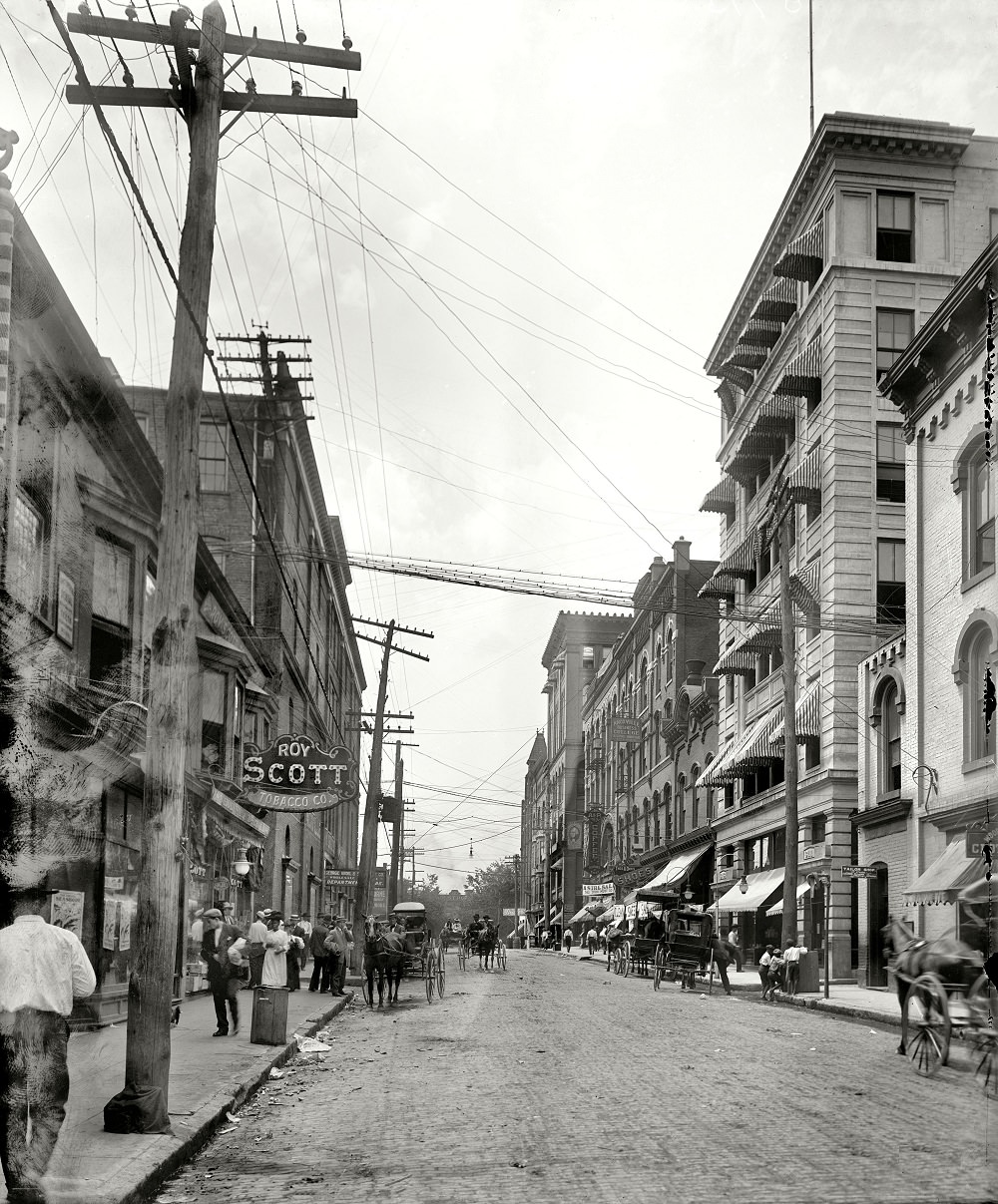
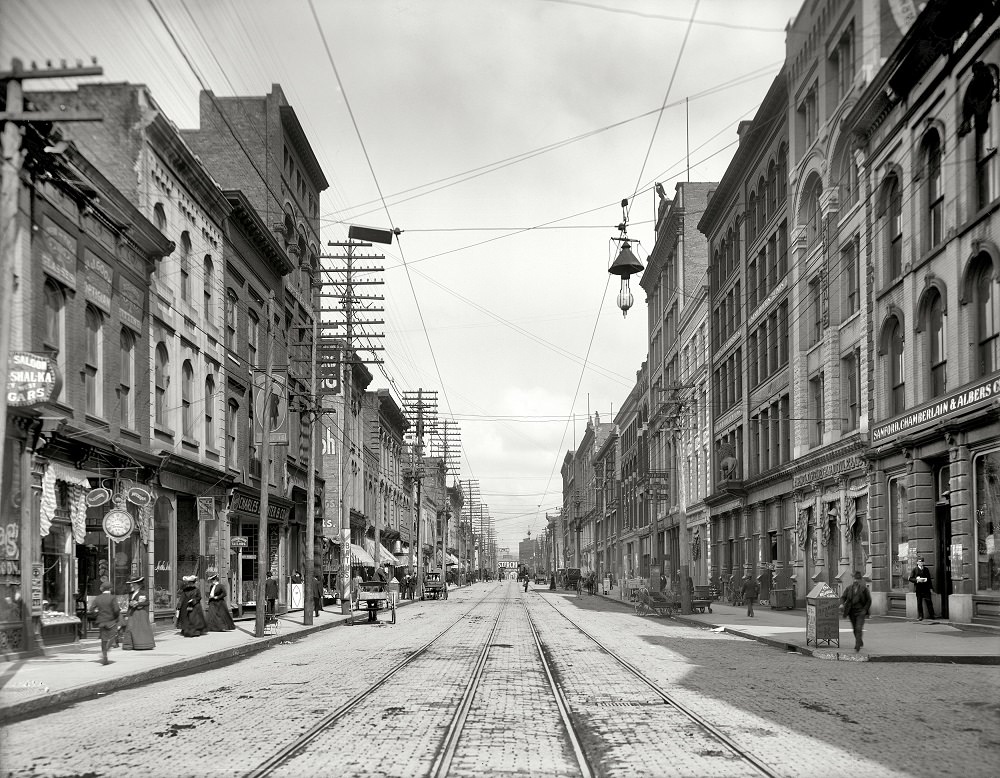
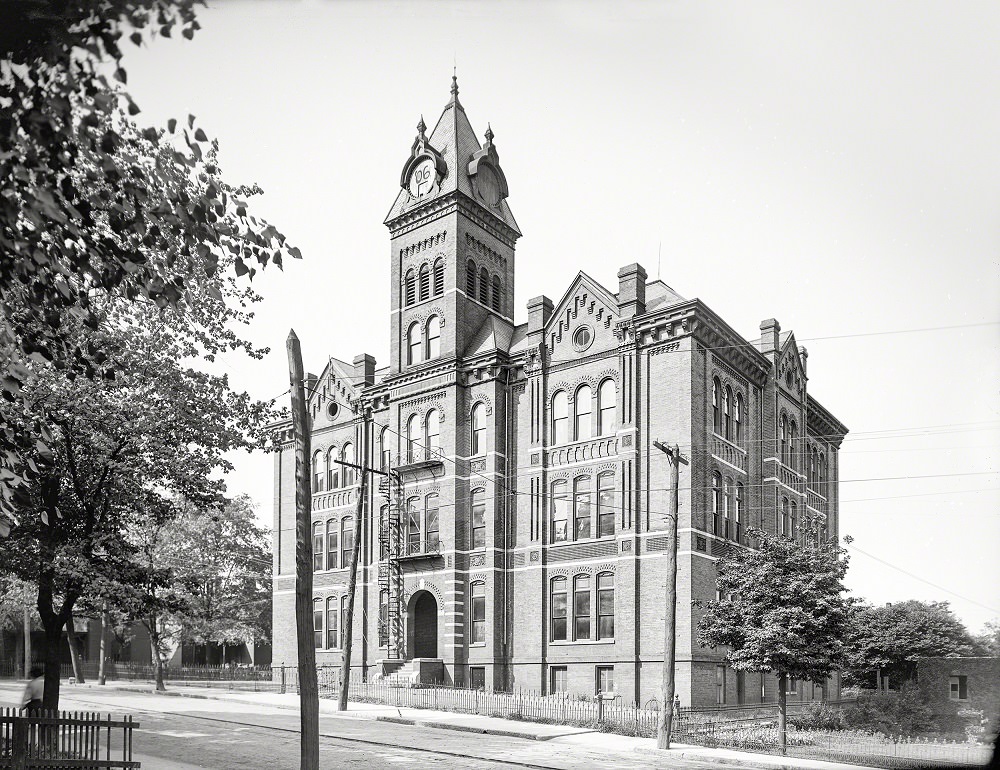
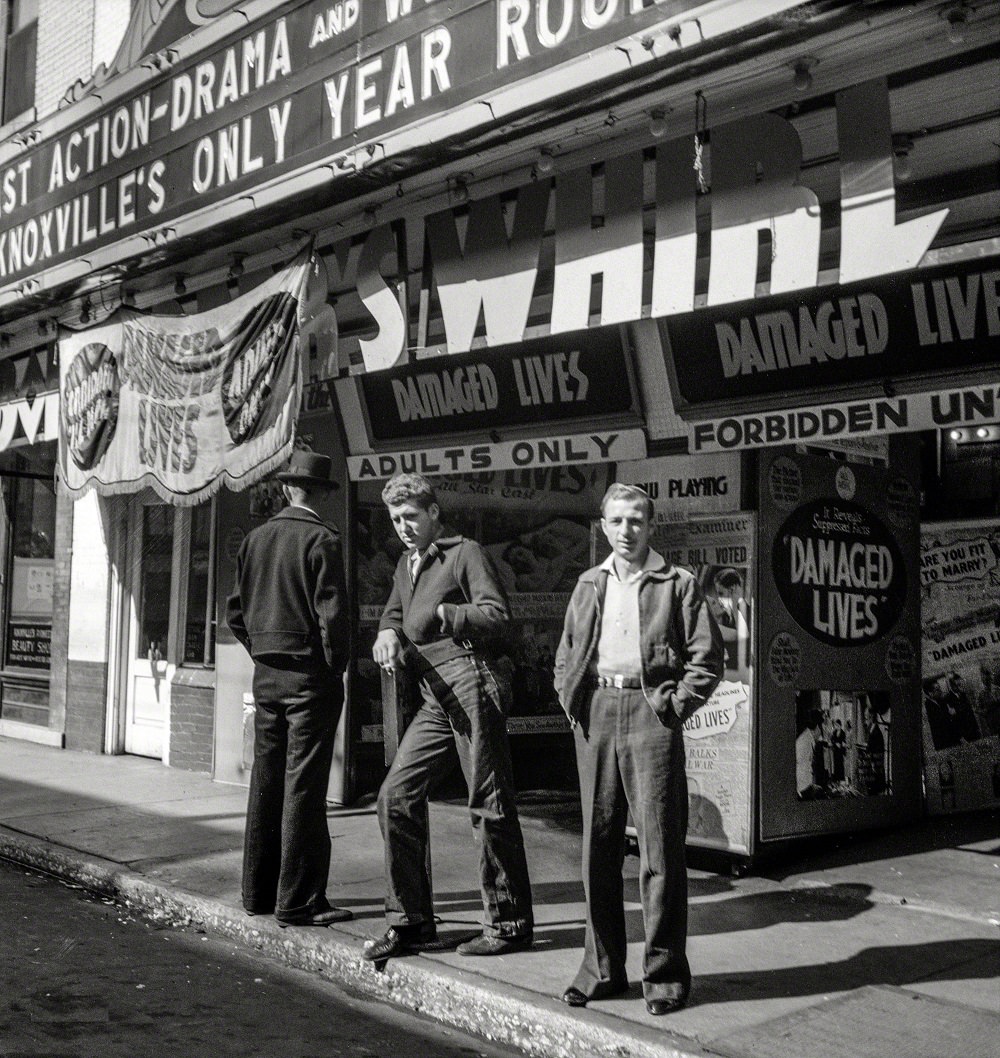
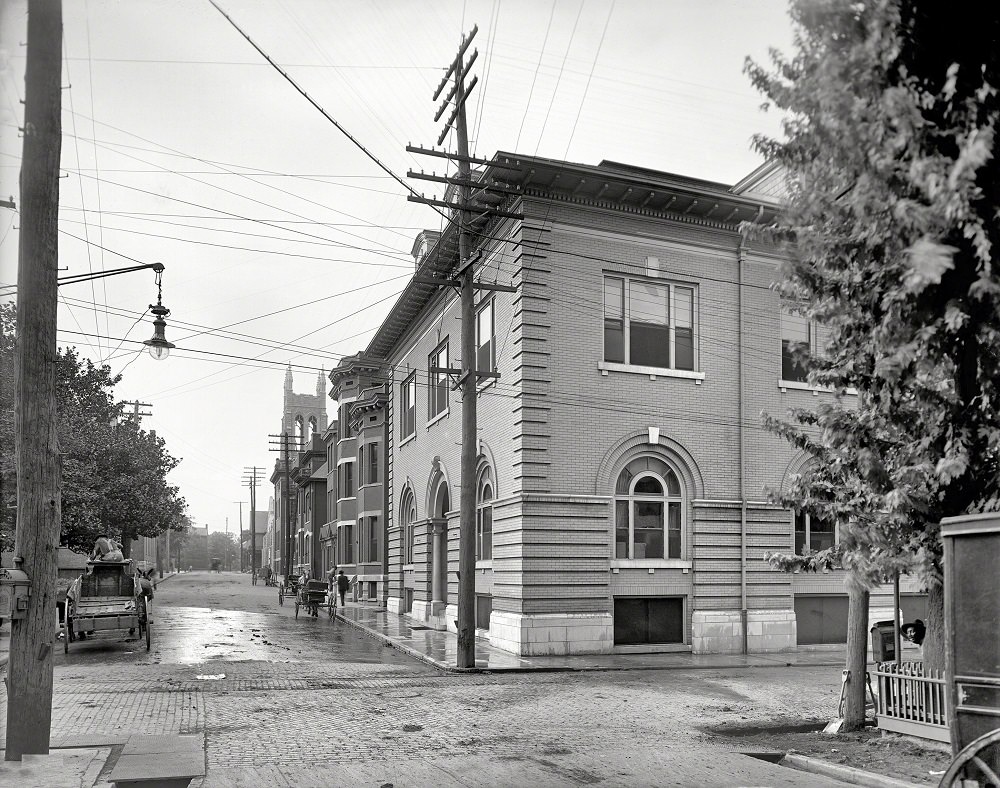
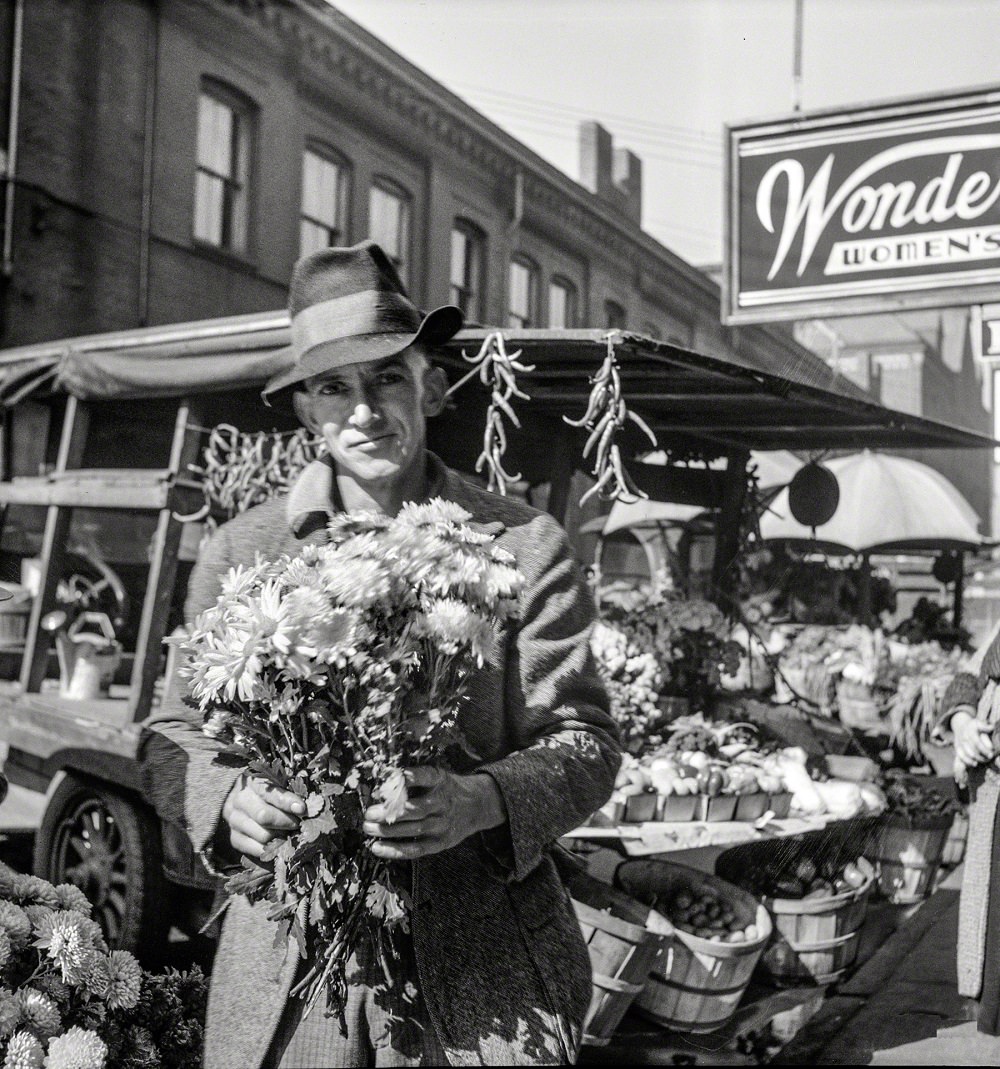
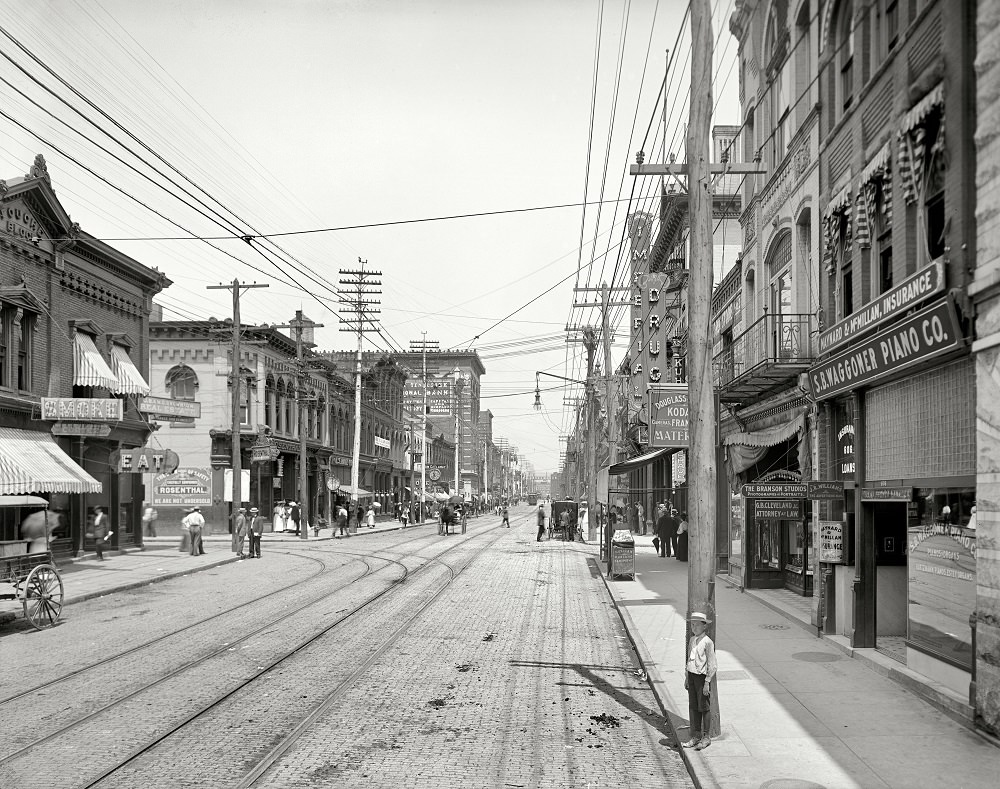
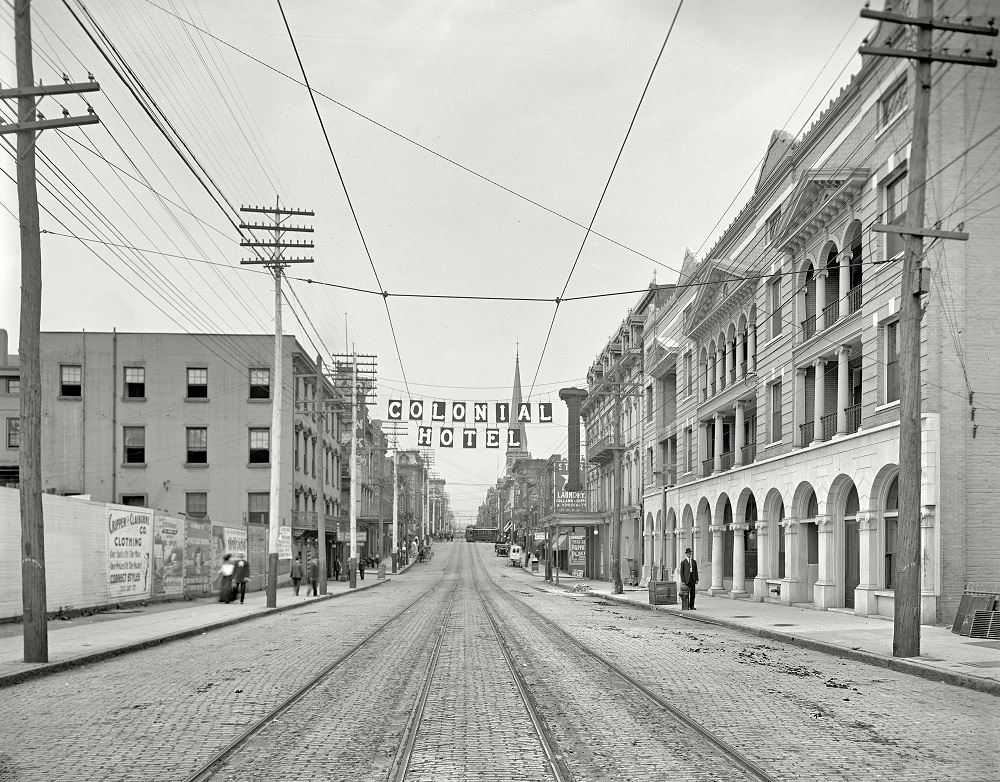

These photos also highlight some of the challenges that Knoxville faced during its early years. The photos of the Old City, for example, show a neighborhood that was once vibrant but later fell into decline. It’s a reminder that Knoxville, like many American cities, has had its share of ups and downs over the years
You could ride directly to Asheville, Bristol, or Chattanooga from the Southern depot.
It’s so sad that it no longer has the beautiful Victorian-era bell tower. Many of the impressive Victorian and art deco inspired buildings in Knoxville have been stripped of their original charm or have been completely demolished. Although I wish we had preserved more, I know some things were destroyed in the great fire long ago.
I read a great essay by Gerald Schroedl, a now-retired professor of archaeology at UT, about the low quality of historic preservation in Knoxville. Historic preservation has been treated with indifference or hostility by both the city government and the UT Administration for most of the 20th century. This is why Knoxville is such a generic-looking American city, with little bits of preservation here and there, but no unified “feel.”
These are great photos. If we ever muster the courage to use them again, the train station and streetcar tracks are still there (mostly).
Thank you. These are wonderful.
Over the past few years, the Southern Railway Station has served a variety of purposes. It was Knox County’s only winery for a couple years. In the past there was a small bistro, but I’m not sure if it’s still running (I no longer work there). All the while, it served as an event space. Weddings, parties, and political rallies. Oh, and don’t forget the ghost hunting tours!